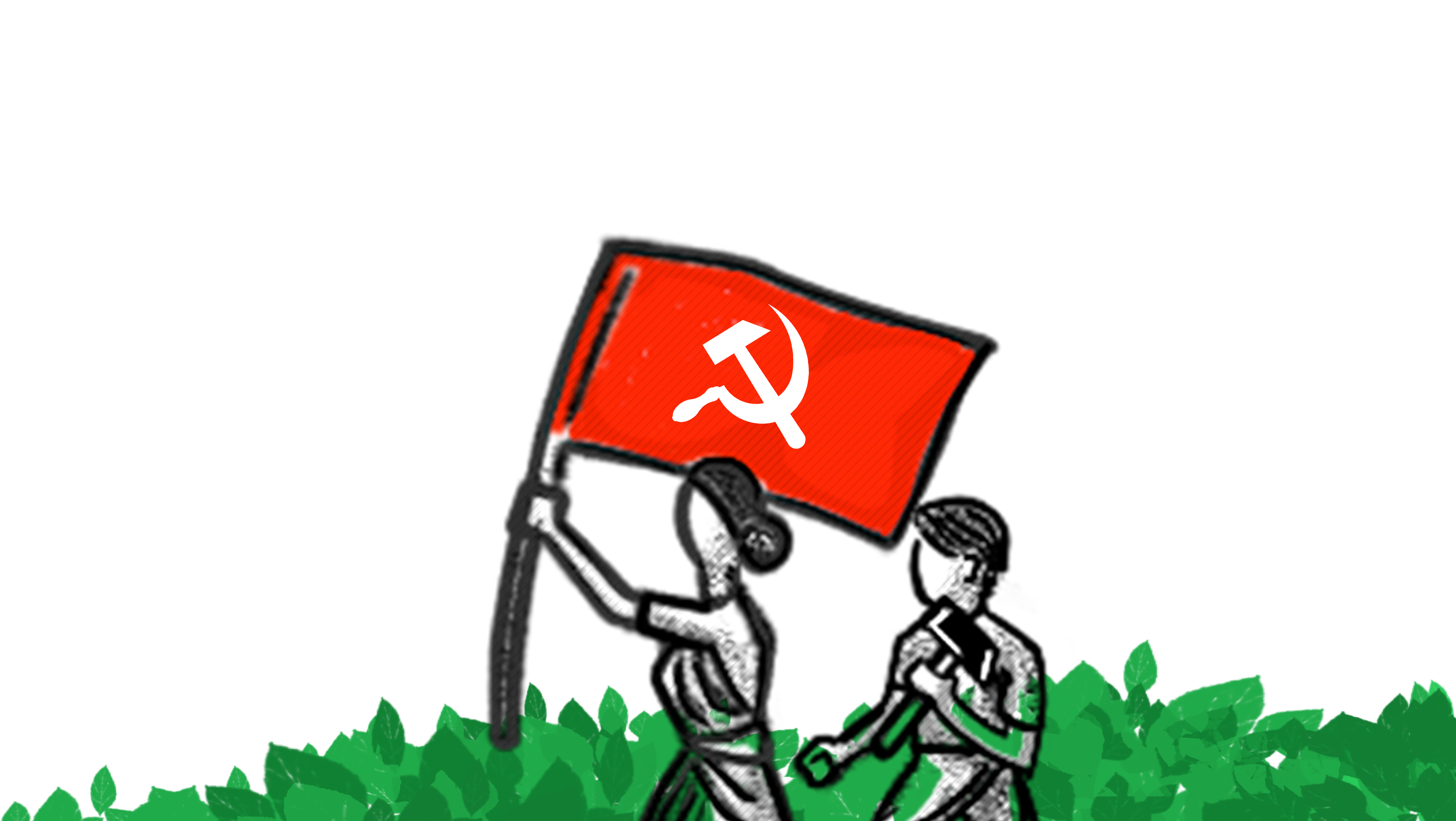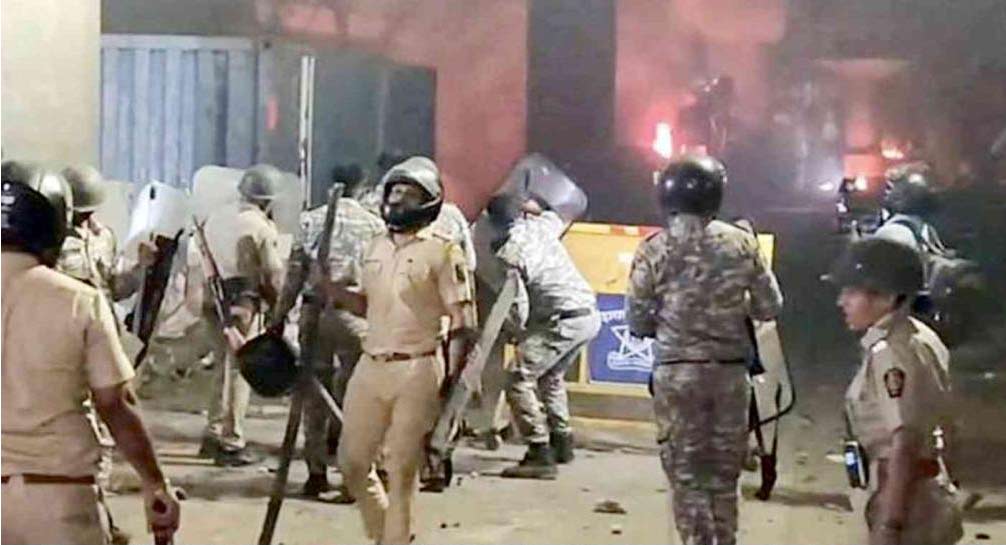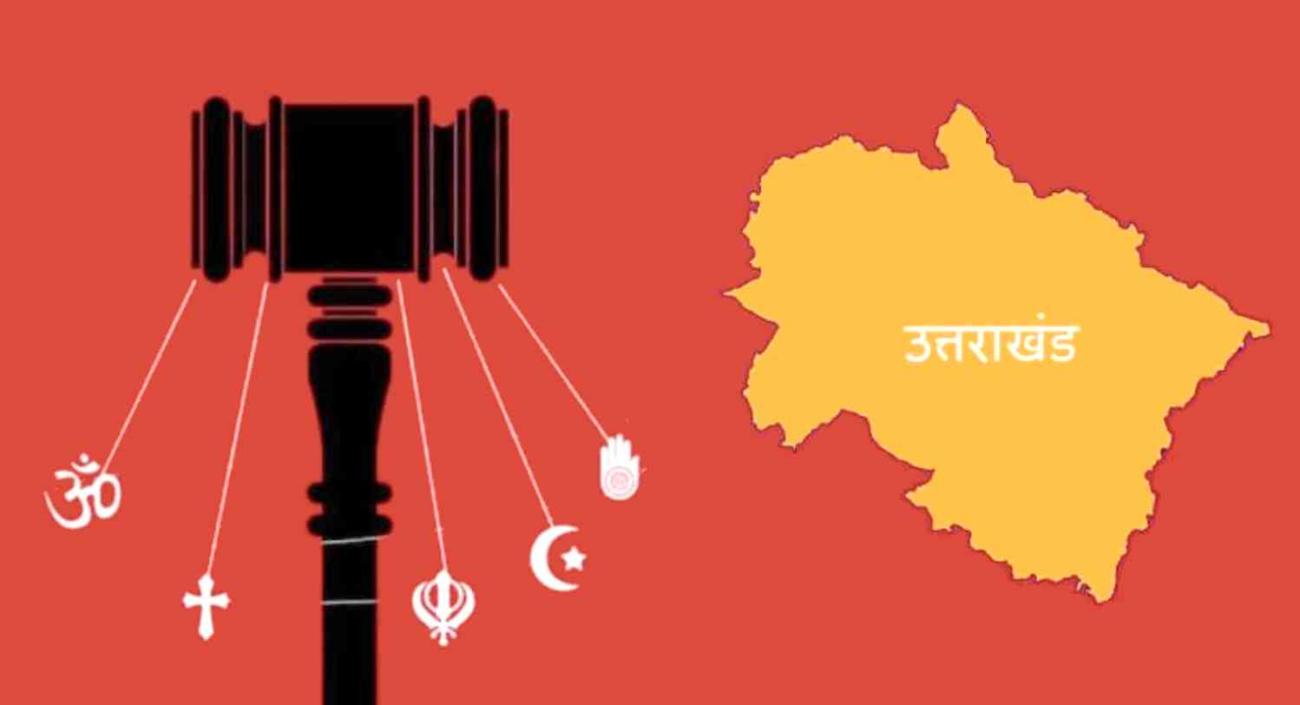The BJP, replacing the corrupt Nishank as CM with Khanduri, contested the elections with the slogan, Uttarakhands compulsion: Khanduri is a necessity.� However, it was apparent that the people of Uttarakhand did not find the BJPs poster-boy Chief Minister Khanduri to be necessary even in his own seat, which he lost by 4000 votes. Not only Khanduri, five Ministers of his Cabinet too lost the elections. Two other Ministers were not fielded at all, apprehending their defeat. So, out of a Cabinet of 12, 8 could not make it back to the Assembly. Clearly, the BJP Government and its Cabinet were almost wholly rejected by the electorate.
At the same time, the Congress with its unfolding scams at the Centre and its history of corruption in the State, could not generate any confidence as an alternative. Apart from the 31 seats won by the Congress, 3 Congress rebels too won elections; the Pawar faction of the Uttarakhand Kranti Dal (UKD) won a seat, and BSP won 3 seats. Congress wooed these others, on condition of getting them Ministerial berths, in order to touch the majority mark.
If the Congress did not inspire enthusiasm, neither did the UKD, whose opportunism has eroded its credibility. In 2002, although the Congress did not need outside support, the UKD supported the ND Tiwari Government for a full five years. In 2007, the UKD supported the BJP Government. After four and a half years, a faction of the UKD withdrew from the Government. Before the elections, this faction spoke of forming a united front with Left and other non-Congress, non-BJP parties, but soon went against its own pronouncements. The one MLA who won from the UKD (P) has joined the Congress Government.
As soon as the Congress formed Government, it had a virtual rebellion on its hands by its MP and CM aspirant Harish Rawat, with MLAs refusing to attend the oath-taking ceremony and high-voltage drama at Congress HQs in Delhi. Now, the seemingly unmanageable situation seems to have been contained by changing the game from Wholl be CM� to Wholl run the Government?� In the deal finalised now, one Rajya Sabha seat, Assembly speaker, and Party President as well as three ministers in the Cabinet will be from Harish Rawats camp. So, while Vijay Bahuguna remains CM, the keys to the government and organisation remain with Harish Rawat.
The rat-race and unseemly tussles for the chair are nothing new in Uttarakhand. In 2000, when BJPs first Government was formed, Bhagat Singh Koshiari and Nishank had both refused to take oath, in protest against Nityanand Swami being made CM. Soon, the BJP was forced to make Koshiari CM. In two years, Uttarakhand had two CMs and virtually every BJP MLA had been a Minister. In the Congress Government headed by ND Tiwari, too, the tussle between Harish Rawat and Tiwari was on show. With a Court order limiting the number of Ministers to 12 including the CM, Tiwari managed power-hungry Congress MLAs by handing out red-light cars to more than 250 people! In the last BJP Government, too, the Khanduri-Nishank tussle was a constant feature, with sometimes one on top and sometimes the other.
In Uttarakhand, a look at the assets of MLAs from Congress, BJP, UKD and BSP between 2007-2012 shows that those who become MLAs or Ministers manage a 100%, 500% and even 1200% increase in wealth! In the 70-member Assembly, 33 are crore-patis. In this race to amass wealth and in the all-consuming tussle to be Minister/CM, where is the time to attend to the problems of the people of the State?
The new CM Vijay Bahuguna is a cousin of the former BJP CM Khanduri. Not just Bahuguna and Khanduri, actually the Congress and BJP too are close cousins when it comes to corruption and hunger for power, with scant concern for peoples rights and needs.
In the Assembly elections this time, the three Left parties, CPI, CPI(M) and CPI(ML) had seat adjustments with each other. The Left in the state needs to build united struggles on peoples issues, firmly challenging the ruling parties which consider the State to be their fiefdom.





